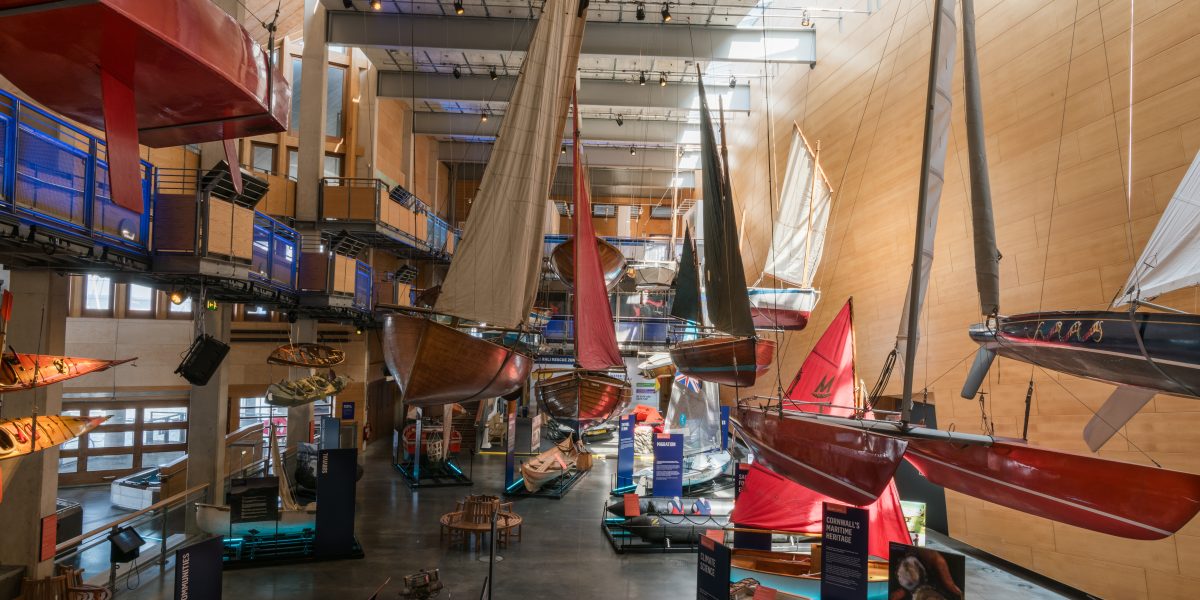
From secret wartime bunkers to dramatic quarry landscapes and surprising afterlives of historic buildings, these hidden histories can be uncovered at many of Cornwall’s top attractions. Step off the beaten path and discover the stories that bring Cornwall’s past vividly to life.
Via Ferrata Cornwall, an award-winning adventure centre near Penryn, is set within 60 acres of dramatic former granite quarries. This remarkable site is steeped in history – in 1958, Palestine Quarry became the stage for a world-first achievement: the creation of the largest single group of granite figures carved in 2,000 years. The 20-ton monolith, depicting four men pulling a rope, celebrated teamwork and was considered the most ambitious carving since ancient Egypt.
Today, you can experience this extraordinary quarrying heritage in a whole new way – scaling cliff faces, crossing high wire bridges and zip-lining through the landscape, enjoying the same spectacular views once witnessed by Cornish quarrymen nearly a century ago. Hidden within the site is also a rediscovered wartime bunker, once Mabe’s Operational Base, which played a secret role during the war years.

Lappa Valley, nestled near Newquay is steeped in a fascinating industrial past that lies hidden beneath its family-friendly attraction. The railway visitors enjoy today follows one of the oldest track beds in Cornwall, first laid out in 1843 by visionary railway pioneer J. T. Treffry. His horse-drawn tramway linked Par to Newquay, with a vital branch to East Wheal Rose mine, allowing the transport of tin and lead ores from February 1849.
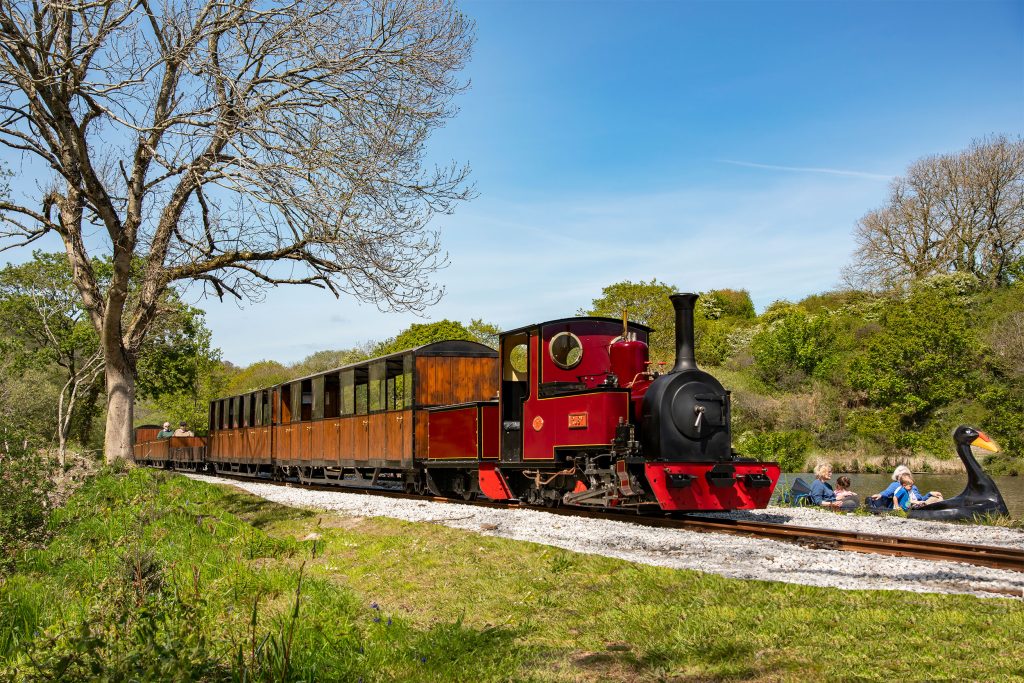
At the heart of the site stands the striking East Wheal Rose engine house, built in the 1880s to contain the colossal “Great Hundred” beam engine—then one of the most powerful ever installed in Cornwall. This remarkable feat of engineering was essential in keeping the mines clear of water, though the area is also marked by tragedy. In 1846, a devastating flash flood overwhelmed the mine, claiming 39 lives in one of Cornwall’s worst mining disasters. A memorial on site honours their memory and reflects the resilience of the Cornish mining community.
When the line was reborn in 1974 as a leisure park, it gave new life to this remarkable place. Today, the hidden history of Lappa Valley is celebrated alongside its steam trains, play areas, and natural beauty—inviting every visitor to step into Cornwall’s past while enjoying its present.
Tucked away in the stunning Porthcurno valley lies one of Cornwall’s most fascinating hidden treasures — PK Porthcurno, the Museum of Global Communications. At first glance, this beautiful beachside location may seem like just another idyllic Cornish cove, but beneath the surface it holds an extraordinary story that shaped the modern world.
In the late 19th century, Porthcurno became the heart of international telegraphy. Cables laid under the Atlantic Ocean connected Britain to India, America and beyond, making this quiet valley one of the most important communication hubs in the world. Messages that once took weeks to travel by ship could now be sent across continents in minutes.
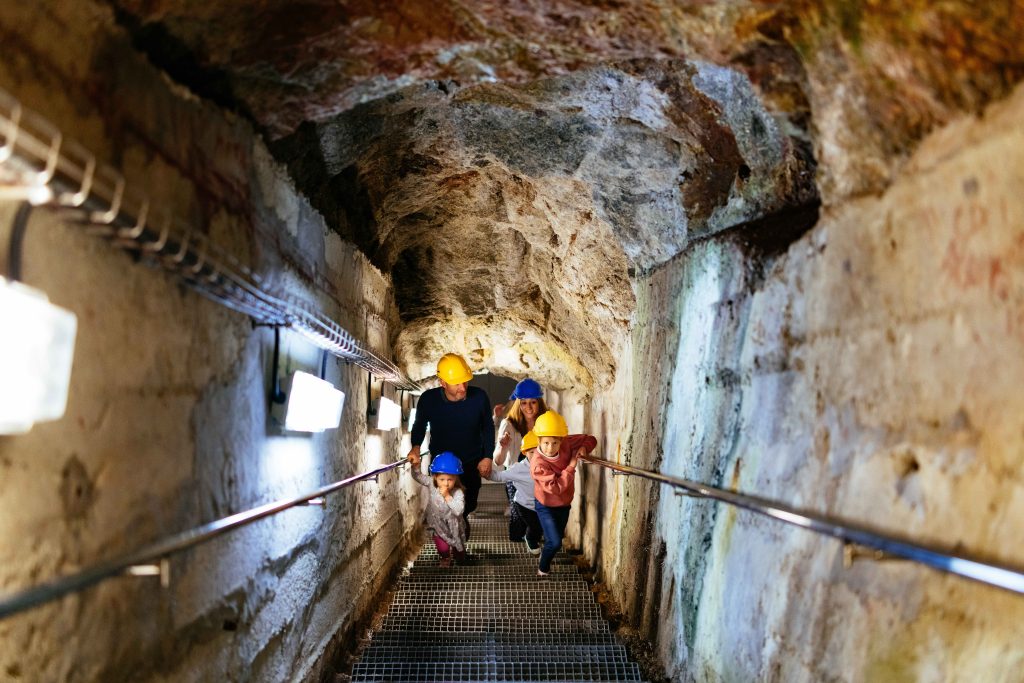
Visitors today can step inside PK’s historic tunnels, built during World War II to protect this vital site and experience first-hand the stories of the people who worked here. Exhibits range from the earliest undersea cables and Morse code equipment to the digital age of fibre optics and mobile phones, bringing to life the incredible journey of global communication.
Whether you’re a history enthusiast, a curious traveller or a family seeking adventure, PK Porthcurno is where Cornwall meets the world.
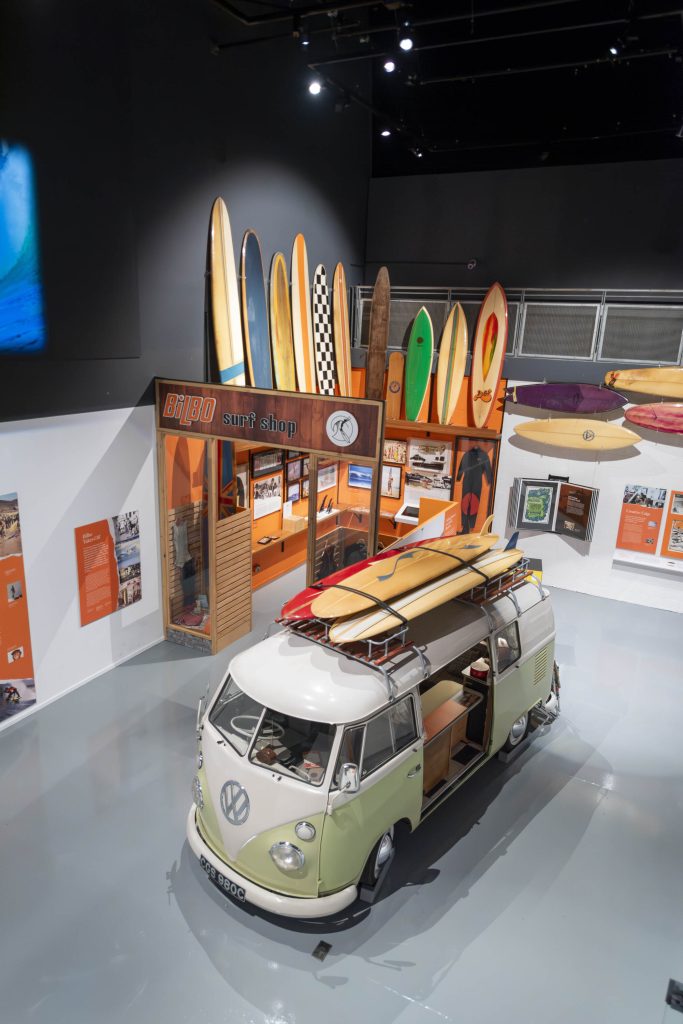
Beyond Cornwall’s beaches lies a treasure trove of maritime history waiting to be discovered at National Maritime Museum Cornwall.
The current major exhibition SURF! takes visitors on an extraordinary journey through a century of Cornish wave-riding culture, including the pioneering 1920s surfers who led the way. Many objects, including some of the world’s most valuable surfboards, original tools, and photographs, have never been publicly displayed before.
Complementing this is the Surfing Memories Exhibition, which presents an intimate picture of Cornish beach holidays spanning from 1930 to today. Through personal photographs and films donated by local families and visitors, it captures generations of joy, adventure, and connection to Cornwall’s coastline.
Together, these exhibitions uncover the hidden histories that shaped the sport of waveriding and Cornwall’s coastal identity.
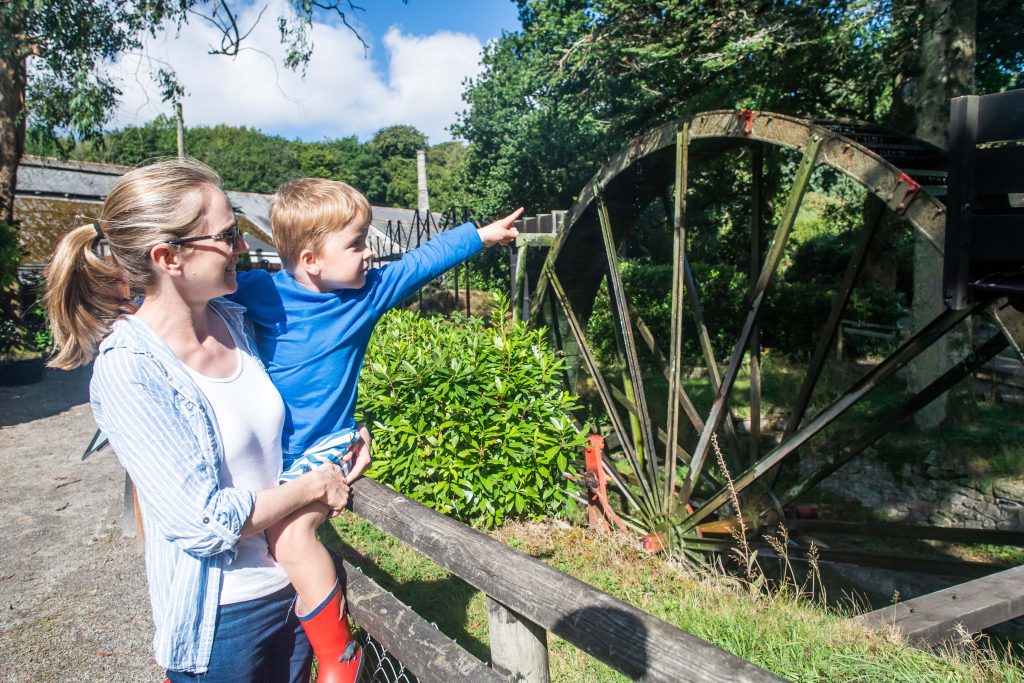
Nestled amongst woodland in a valley located just two miles north of St Austell in Cornwall, between the conical mounds of excavated material left over from centuries of mining, lies Wheal Martyn Clay Works.
This museum tells the story of Cornwall’s significant china clay industry and the people who worked and lived here, and showcases a vast collection of items and objects, a substantial archive, plus an irreplaceable collection of built heritage and working mining machinery.
Situated within two former Victorian clay works, the site brings alive a period of the industry’s history, spanning from the 1820s through to the 1960s, when clay mining was labour intensive and physically taxing. Home to some of Historic England’s Scheduled Ancient Monuments, Wheal Martyn boasts intriguing historical features including settling tanks, crib huts, the Pan Kiln and Linhay, as well as working waterwheels and flat rods.
Complemented by a popular café and enticing gift shop, year-round exhibitions and events, Wheal Martyn offers an exciting day out and a valuable glimpse into this lucrative industry that still shapes Cornwall and our world today.
Tucked away in the heart of Cornwall, Bodmin Jail holds centuries of stories that most visitors never hear. While many know it as the county’s prison from 1779, its “hidden history” lies in the extraordinary afterlife of the building.
After the jail closed in 1927, the site went through many unusual transformations. In the 1960s, the old prison chapel became the 99 Club – a cabaret venue, dance hall, and even Cornwall’s only casino, where the cells once echoed with laughter, music, and the spin of roulette wheels. Before that, the derelict jail was partially demolished with dynamite in 1929, leaving behind the dramatic ruins that still tower over Bodmin today.including versions of Lorem Ipsum.
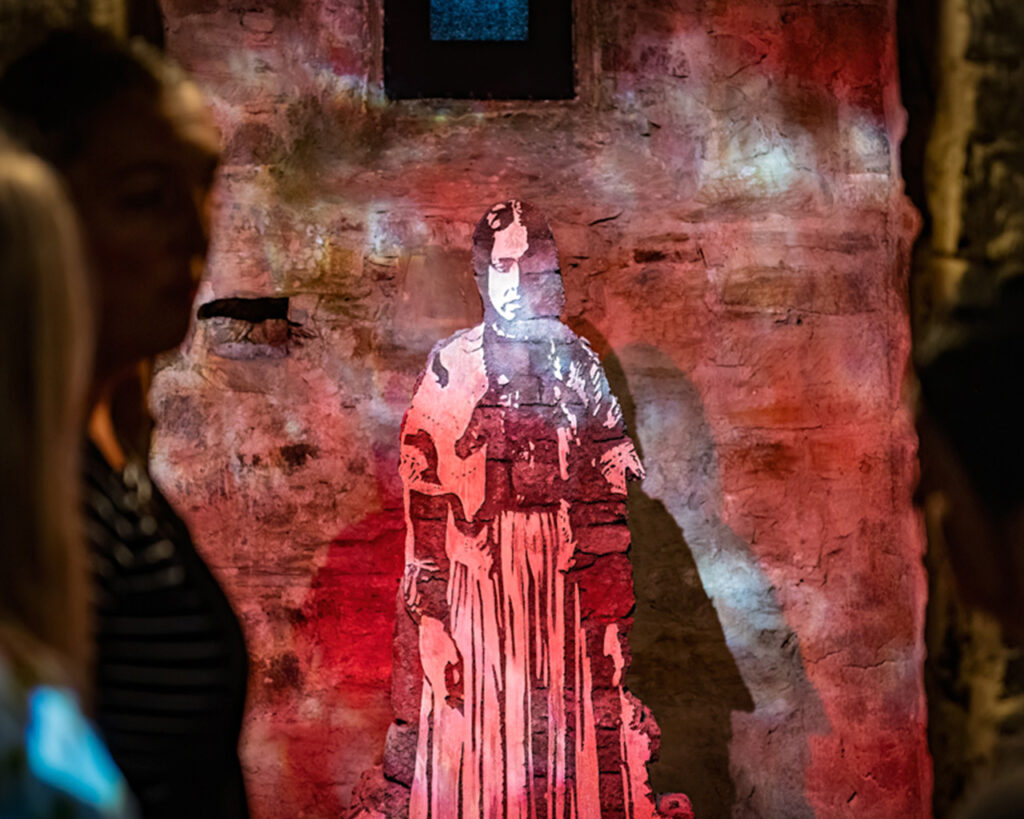
Today, Bodmin Jail is both a museum and an immersive visitor attraction, where guests can explore these unexpected layers of history. From notorious prisoners to nightclub-goers, Bodmin Jail is a place where Cornwall’s hidden past comes vividly to life.
National Maritime Museum Cornwall, at Discovery Quay in Falmouth, contains centuries of maritime history beneath its award-winning architecture. Although the museum building is only 22 years old, the land it sits on was once a bustling boatyard where boats were built to take to the waters of Falmouth, Cornwall and the World. It’s the sheds of the generations of boatbuilders who worked on the site that inspired the Museum’s distinctive design.
For centuries, boats and the sea have played an important role in Cornwall. The Museum celebrates this through stories of boats, craftmanship, innovation, and of course the sea itself.
In the museum’s Boatbuilding Gallery & Workshop visitors can see celebrations of craftsmanship through replica vessels, being constructed by the boat crew to preserve traditional boatbuilding skills.
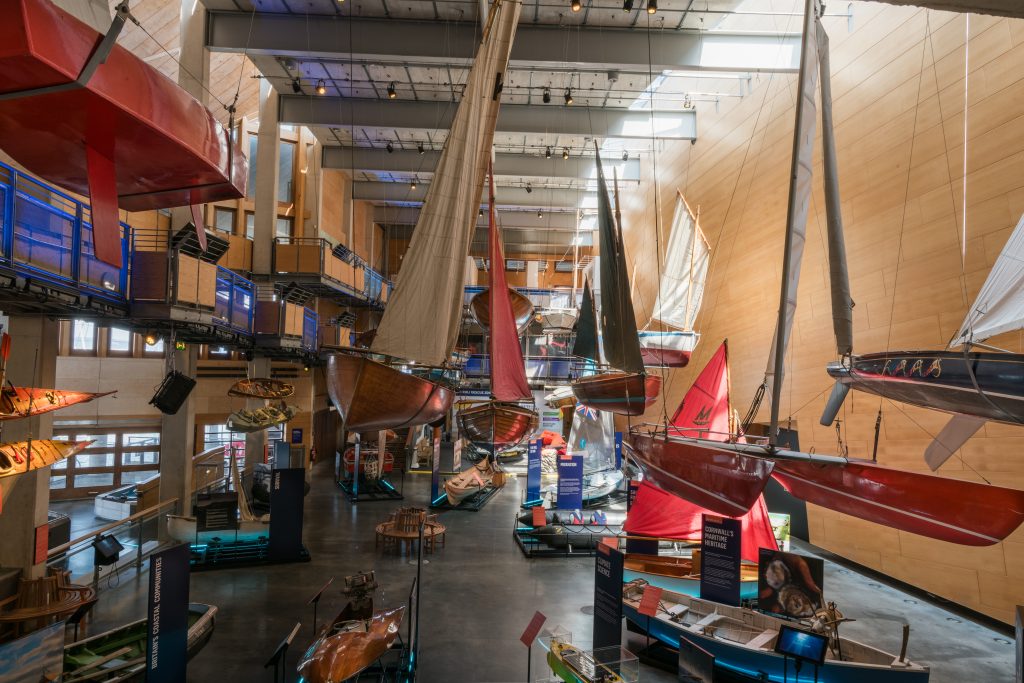
Meanwhile, the Cornish Quayside Gallery transports visitors into almost forgotten livelihoods. Step into a replica fisherman’s loft where nets were mended by lamplight, explore the recreation of a pilchard cellar that once processed Cornwall’s silver harvest and visit a sailmaker’s loft where canvas was transformed into the powerful sails that drove Cornwall’s maritime stories.
Visit the National Maritime Museum Cornwall to discover these hidden histories and uncover the remarkable stories that shaped Cornwall’s maritime heritage.